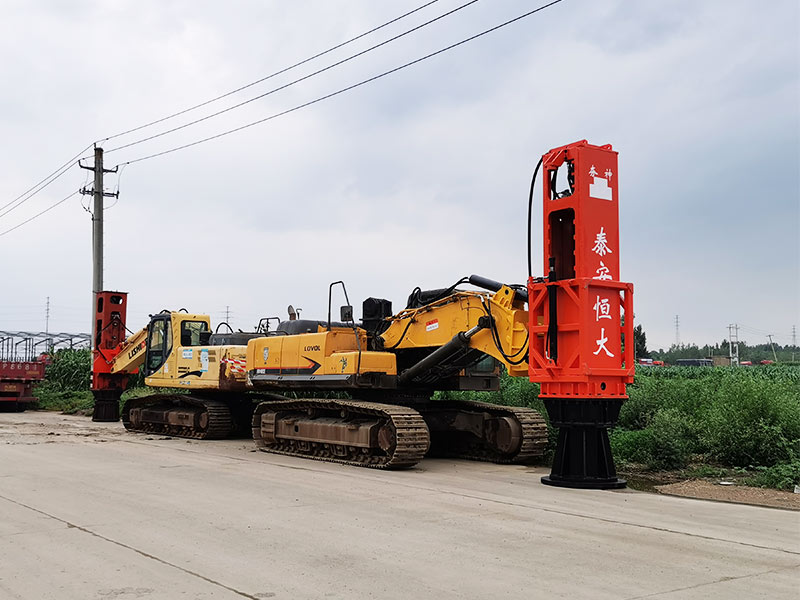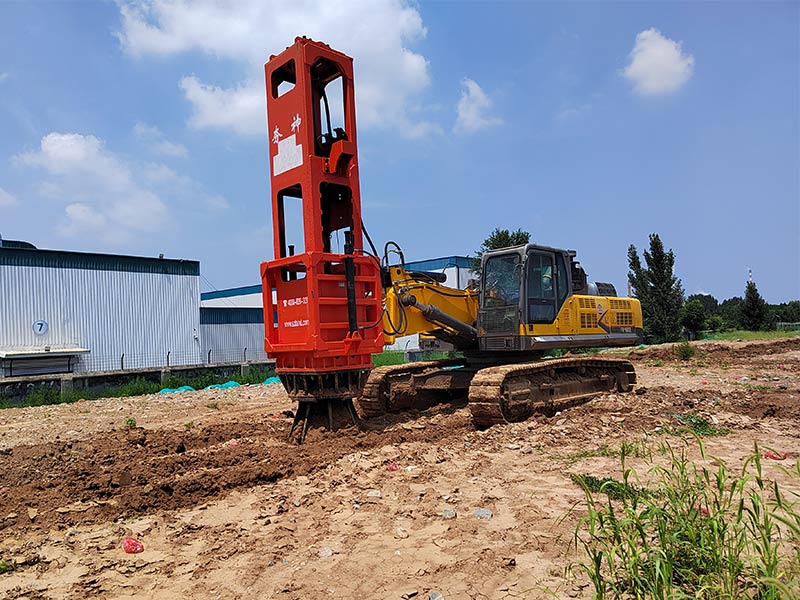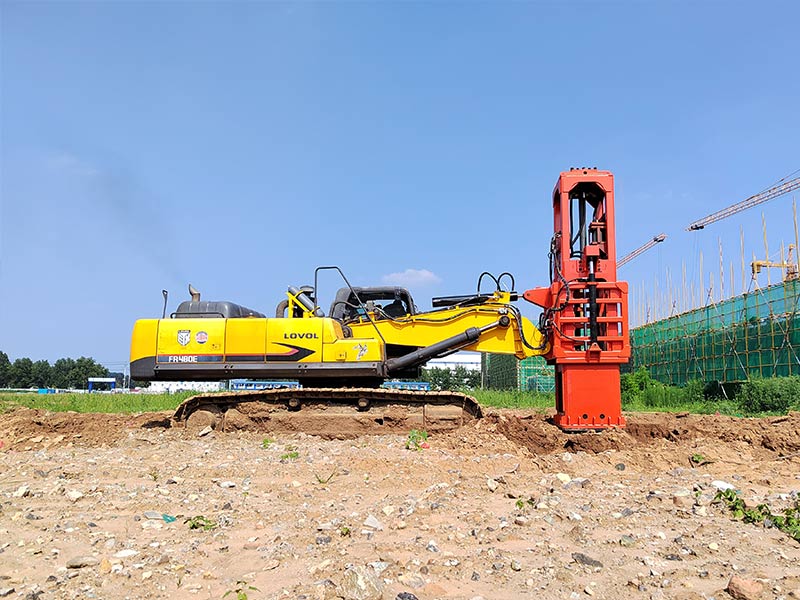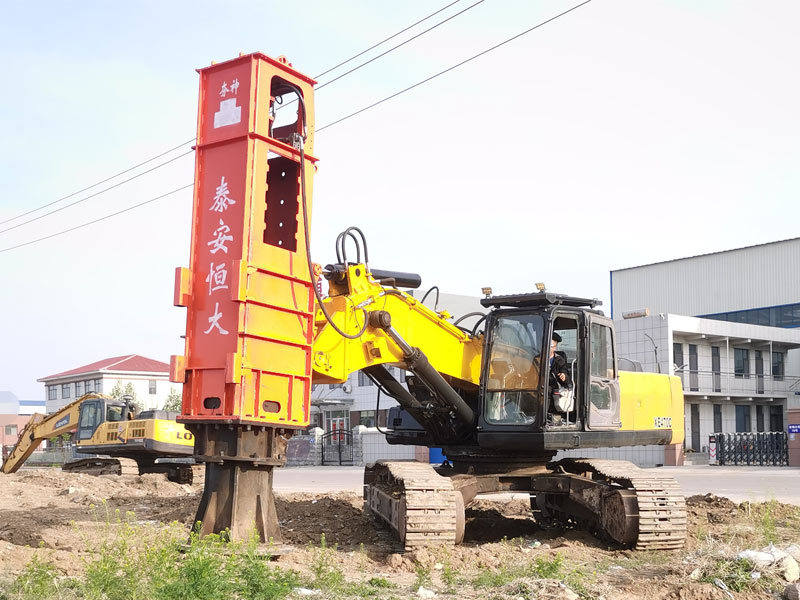RIC is a high-frequency, controlled energy, soil compaction technique used to densify surface layers of soils (to a depth of 5 to 7 meters in most cases) with minimum impact on the immediate worksite environment. Rapid Impact Compaction is widely used to densify loose granular soils (sand or gravel) as well as loam fill and industrial brownfield sites for surface compaction, foundations and floor slab support, liquefaction mitigation and waste stabilisation.
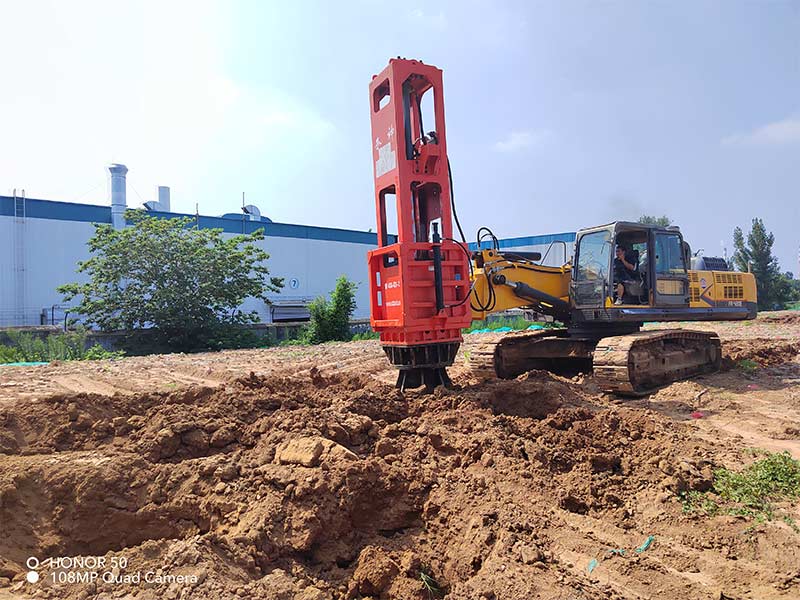
It is possible to compact the ground near an adjacent site with rapid impact compaction. Rapid impact compaction suits to ground improvement in small spaces. As an example, we can apply this technique within or next to existing warehouses. In such cases, we monitor very carefully vibrations in adjacent structures during rapid impact compaction.
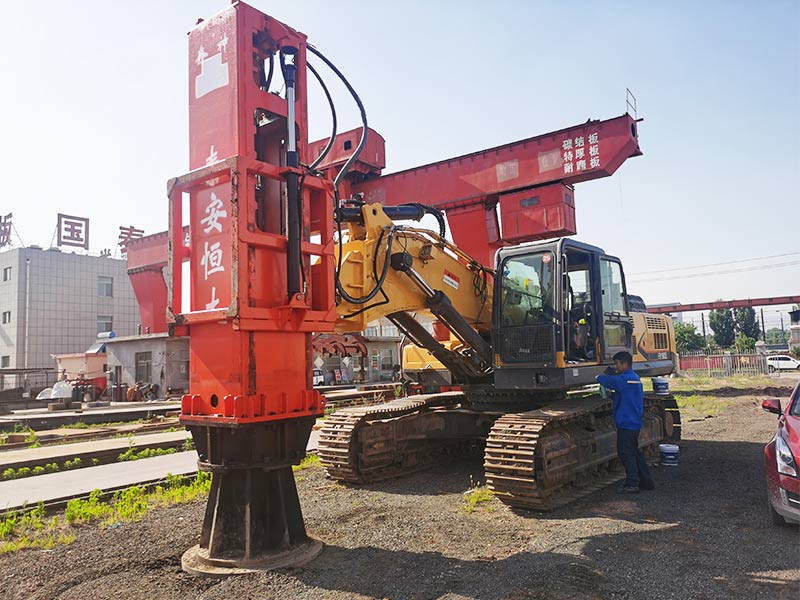
The RIC technology is the modern approach for compacting existing soils that would otherwise be excavated and compacted using a conventional roller compactor in layers of 15 to 30cm.
Energy is transferred to the underlying loose granular soils rearranging the particles into a denser formation. RIC can effectively densify up to 4-5m of soils without excavation, adding water or dewatering. It can also be used for fill compaction, which can place in bulk fill materials and compact it accordingly without adding any water.
For large infrastructure developments, RIC takes the lead due to its speed of execution that makes it much more cost effective than other alternatives.
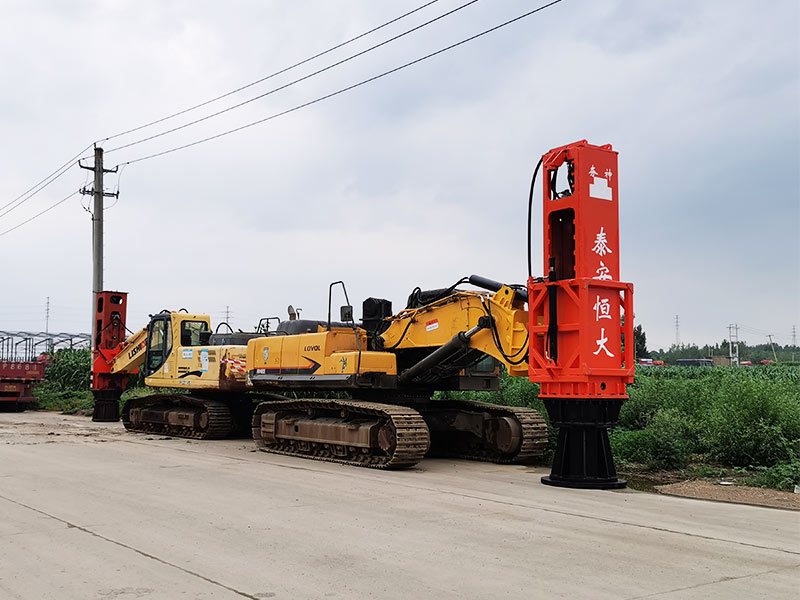
The energy and deflection of the soil is monitored and recorded at each location, which allows the geotechnical engineer to determine when effective treatment is complete. It also enables the engineer to identify weak zones (red dots) or debris zones throughout the pad so that any remedial actions that may be required can be minimized resulting in cost savings.
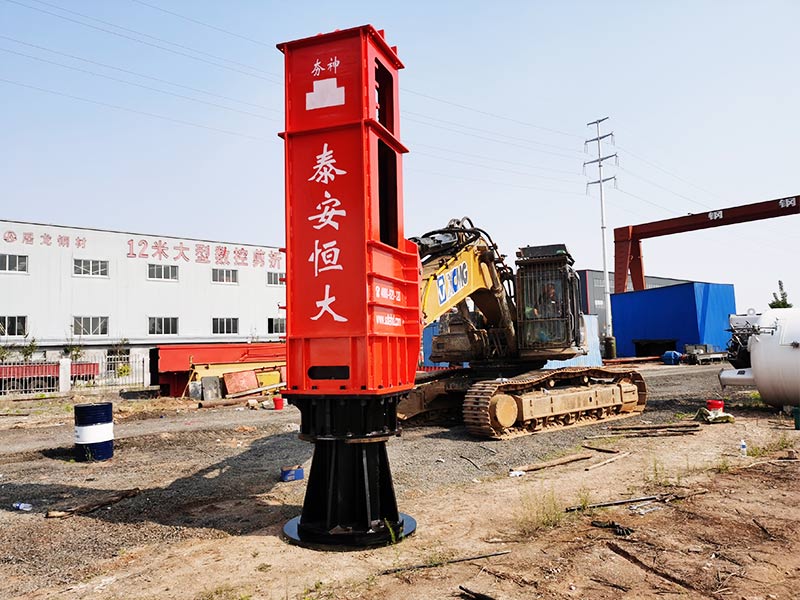
Control: the machine is accurately controlled from the excavator cab and the degree of compaction is electronically monitored,
Safety: the impact foot is in contact with the ground at all times and eliminates the risk of flying debris. Unlike conventional dynamic compaction, other activities can take place in close proximity,
Quality assurance: the impact energy and soil deflection are recorded by an on-board computer for presentation of compaction data to site managers. Results can verify work done to the client. The data can also highlight weak zones where extra fill is required, or zones where underground obstructions were present (eg. previously hidden old foundations),
Mobilisation: the RIC units are mounted on CAT 45 ton and CAT 85 ton excavators and can be mobilised within minutes of arrival on site,
Speed & cost: due to the fast ground coverage and the compaction efficiency, RIC generates a significant cost and time saving over conventional dynamic compaction methods with up to 75% cost and 100% time savings.
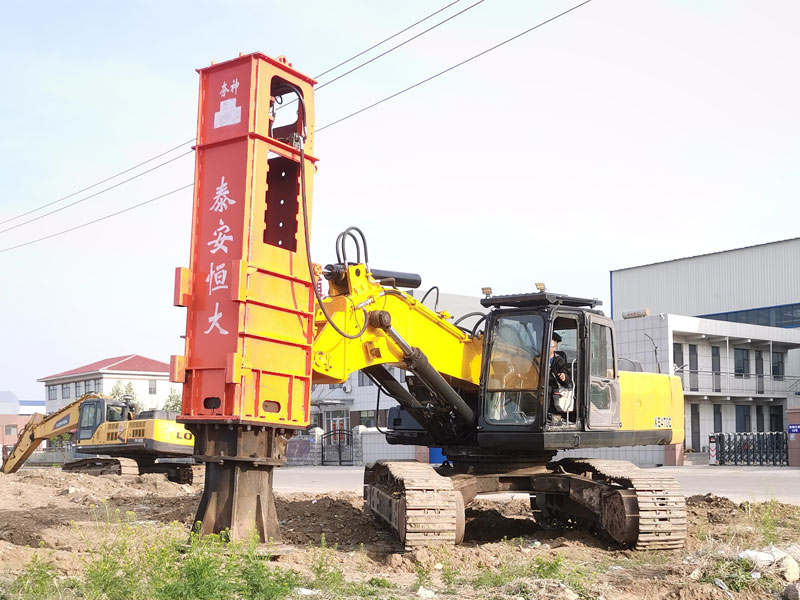
The Rapid Impact Compaction for the soil improvement uses a hydraulic hammer mounted on an excavator. The hammer with a weight ranging from 5 up to 12 tons is dropped freely from a height of 1.2 m on a large circular foot. Impacts repeated at a rate ranging from 40 up to 60 blows per minute plunge the steel foot creating a crater.
The control system installed in the operator’s cab allows for controlling the compaction process and recording the parameters such as impact energy or foot penetration. It can also be used to change the height from which the hammer is dropped.
The compaction in the RIC technology is usually preceded by creating a test plot where the compaction is performed for various spacing and rates of blows. Then, the local compaction of the improved soil is tested and the optimal grid spacing and the number of blows per one point is determined. Depending on the soils, the number of blows varies between 10 and 40 per one point.
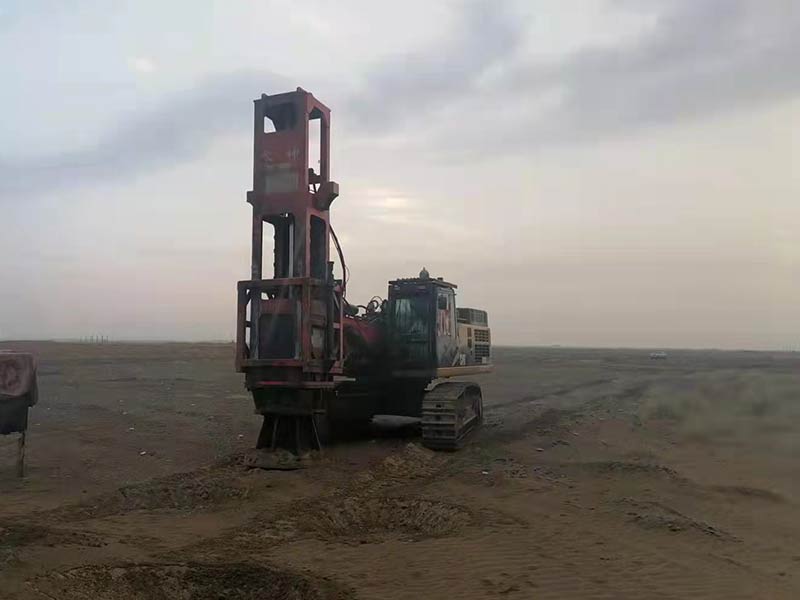
Rapid Impact Compaction is a shallow ground improvement and densification technique. This method densifies shallow, granular soils, which repeatedly strike an impact plate on the ground surface using a hydraulic hammer. The energy is transferred to the underlying loose soils and regroups the particles into a denser formation. The impact locations are located on a grid pattern and the spacing of those locations is calculated by the subsurface conditions and foundation loading and geometry.










